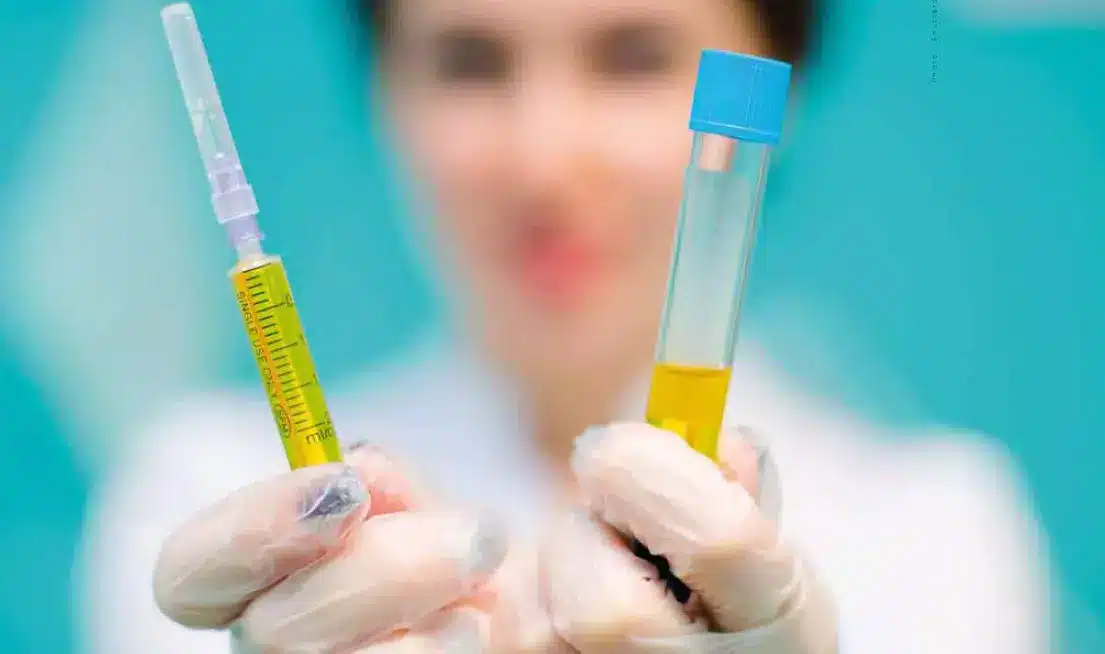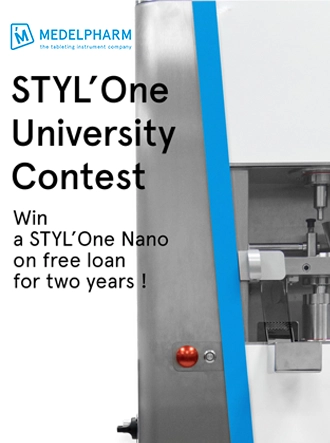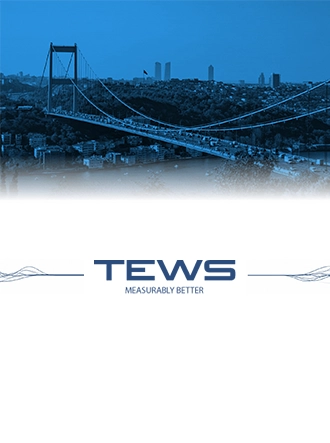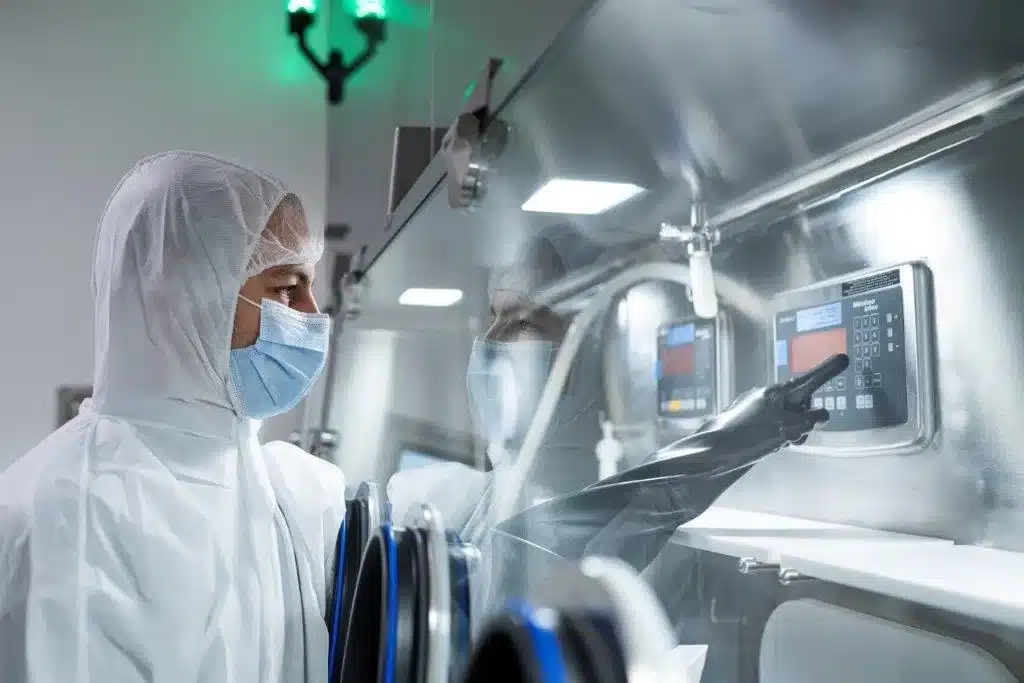Valuable drugs can be made from blood plasma. The German Biotest corporation expands their production capacity with new plants – and part of them has been supplied by WALDNER.
Saving lives by donating blood. Almost everyone knows this slogan and most people associate classic blood donation with it. The fact that from the pure fluid, the blood plasma and essential drugs can be made, ist rather less known. This is what makes blood plasma so valuable: the “yellow gold” is much more expensive than crude oil as despite a lot of donors the demand cannot be completely met. At the same time around 14 million litres of blood plasma are globally processed to drugs according to the WHO – and the journey from the blood fluid to the drug is a long one.
It takes time and know-how
This is something Biotest AG, the manufacturer of plasma-protein products and bio therapeutic drugs located in Dreieich near Frankfurt am Main can report as well. So far they have been processing about 1 million litres of plasma each year. But thanks to the construction of new production plants this might soon be increased to 2.5 million litres. “The journey from the plasma to the drug takes time – between seven and nine months on average – and a lot of biological, chemical and technical know-how,” explains Michael Rodemer, Technical Project Manager BNL at Biotest AG (see also the interview below).
The plasma is tested for pathogens by means of highly sensitive methods – nevertheless, for reasons of safety it is heated beyond 60 degree Celsius, filtered (nanofiltering), and then treated with virus-inactivating substances prior to being processed. And only then is it considered sterile. Every drug is based on a different plasma protein. Therefore the actually needed components of the plasma have to be sorted in the steps that follow. This is usually made by centrifugation, further filtering, and separation by means of alcohol or salts. The described fractionation takes place on an industrial scale, i.e. in containers with a capacity of several thousand litres. Nevertheless also these containers, pipes, valves, and sensors have to comply with the most stringent requirements.
None of the 14 containers looks the same. Their capacity is between 60 and 8,500 litres.
About 16 km of compressed hoses and 11 km of cables were installed for the plants.
Advantage in time thanks to a master
Biotest assigned WALDNER to supply a buffer solutions plant for the new building that is required for various processes. “We had an extremely short time frame within which we had to supply. Just as tight were the spatial conditions in which we then had to install this huge plant,” Jochen Eißler, business unit manager Process Systems unit at WALDNER and project manager, sums up the challenges. None of the 14 containers supplied, supply and disposal pipes included, looks the same. “And yet we found similarities which enabled us to create something like a technical master together with sequence chains. That way we were not only able to present an inexpensive proposal but also saved time during all phases of the project because of this modular master,” Christoph Kern reports. “Two months after we had been awarded the contract we were already able to present all mechanical interfaces in a 3D layout so that the suppliers of the adjacent plant knew where their connection points were. After all, our plant for buffer solutions had to smoothly blend with the other plants.”
Tightly scheduled planning
Prior to the delivery the complete plant was assembled and tested in Wangen. Only then the containers and the pre-fabricated skids (pipework and valves) were sent to Dreieich in 15 articulated lorries. Christoph Kern reports: “In the run-up we not only numbered all containers and their respective skids – we are speaking about 1,000 valves and approximately 2,000 m of pipework here – but we also marked what should be loaded when and where it should be put. On the one hand we had a very tight time frame, only several hours a day, in which we had access to the planned room with a truckmounted crane. On the other hand there was no further storage space for us. Everything had to be done in a room sized approximately 20 x 10 m. This meant that everything had to be installed upon delivery immediately.” As a result, the major part of the plant was ready after only 2 ½ weeks.
WALDNER also supplied laboratory systems for about 2 millions for the new building: Amongst them are quality control laboratories, laboratories for microscopy, analytics and biochemistry, balance laboratories, a water laboratory, and an IPC laboratory. Some of them have clean room conditions. Furthermore there are central functional rooms such as sculleries, instrument rooms, and cooling rooms, that are mutually used by all laboratory sections.
DRUGS MADE OF BLOOD PLASMA
Basically speaking, blood consists of red and white corpuscles, and fluid. Whereas the blood corpuscles are in the focus of a classic blood donation most of the time, the so-called plasmapheresis exclusively is about the fluid, the blood plasma. Contrary to blood donors, plasma donors get their blood corpuscles back after a filtering process. That way a plasma donation does not put so much strain on the organism and may be carried out more often – up to once a week. The thus gained blood plasma – about 700 ml per donor – consists of 90 % water and 10 % valuable proteins, from which more than 30 different and essential drugs can be made.
Some examples:
- People with haemophilia have a non-functioning blood clotting. They take the clotting factors gained from the blood plasma as drugs so that they won’t bleed to death in case of an injury.
- In case of internal injuries or large wounds so-called fibrin glue is used which is also supportive of a fast closure of the wound.
- In case of chronic weakness of the immune system and acute medical conditions like hepatitis, rabies, or tetanus, various antibodies, so-called globulins, are of help. They ward-off and neutralize pathogens.
- In case of accident-related shocks, burns, kidney damage, or large operations albumin stabilizes the distribution of the fluid between the blood vessels and the tissue.
IN THE MIDDLE OF A NEURALGIC SPOT
Biotest AG is a global supplier of plasma protein products and bio therapeutic drugs. WALDNER Process Systems supplied a complete plant for mixing and distributing buffer solutions for this corporation in Dreieich near Frankfurt am Main.
An interview with Michael Rodemer, Technical Project Manager BNL at Biotest AG.
Why is blood plasma so much sought-after all around the world?
Essential drugs are produced from it – which in only a few exceptional cases also might be obtained in another way, e.g. biotechnologically. For many drugs blood plasma remains the only source, however. Meanwhile the need is growing as more countries are able to afford these drugs in the meantime. In parts, the demand is higher than the quantity of blood plasma available. As a result from time to time there are supply shortages of albumin, which is used by the emergency medical aid in case of a high loss of blood.
How does your corporation react to this?
Although we just cannot influence the amounts of donors, we can continue to optimize the processes and drugs. With our investment programme “Biotest Next Level” we double our overall production capacity. Apart from building a plasma basis fractionation with a performance of 1.4 million litres, also bulk production plants for albumins are created just as well as for the new product lines Fibrinogen and IgM Concentrate, and also the polyvalent immunoglobulin G of the next generation. Fractionation is not based on filtration and alcohol anymore but on a special chromatography with the aim of a higher yield and a higher purity of the agent gained.
What is the role of WALDNER plant?
A total of 38 buffer solutions are created in those 14 containers, which we need for the fractionation of the individual plasma components up to the cleaning of the containers. To give you an idea of the size: in the new building 4,500 litres of plasma are fractionated and processed every day. The plant is operated 24 hours a day, 7 days a week. And those buffer solutions are a neuralgic spot, as everything else depends on them.
Are these standard containers?
No, because different buffer solutions are produced in each container. They considerably differ in terms of material as well as inlets and outlets. We have calculated, for example, that in each container about two different buffer solutions may be produced. We have containers with just one buffer solution, but also some with up to five. This means that all valves, inlets and outlets have to be tuned to the various requirements.
What are the requirements such a plant has to meet?
Apart from the common industry related guidelines for quality assurance regarding production processes and the production environment in the production facility for drugs and agents, also cleanability shall be perfect. It is, after all, taking place in the system: Cleaning in place.
Had there been any particular challenges?
Yes, especially because the first products form this plant are scheduled to be delivered to the USA in 2019. The required FDA approval procedure could only begin, however, once the plant had been set up. In the plant we had a saline solution that reacts extremely aggressive on stainless steel. Therefore we had to use two plastic containers, including the respective pipes, instead of steel. Other buffer solutions were so aggressive that we had to use high-class stainless steels in parts. This not only applied for the containers and pipes, but also for the fittings, valves, and measuring technology. Innumerable special designs were needed – and even the procurement of the materials was very demanding.
How did you get involved with WALDNER?
No corporation can shoulder the production of such a large plant on its own in such a short time. Therefore we divided the plant in various smaller plants and assigned those as packages to different corporations. We got involved with WALDNER because we wanted to stay in the German speaking countries and were looking out for good quality. We were particularly convinced by the quality assurance and the in-house production. Furthermore the interpersonal contact was right from the very beginning – an important factor not to forget, as we had to intensively work together in a project for several years. In retrospect I quite liked that the WALDNER staff came along with smart ideas and practical solutions over and over again. We also adopted WALDNER ideas for other plants, as WALDNER more or less practically provided the model for improvement.








